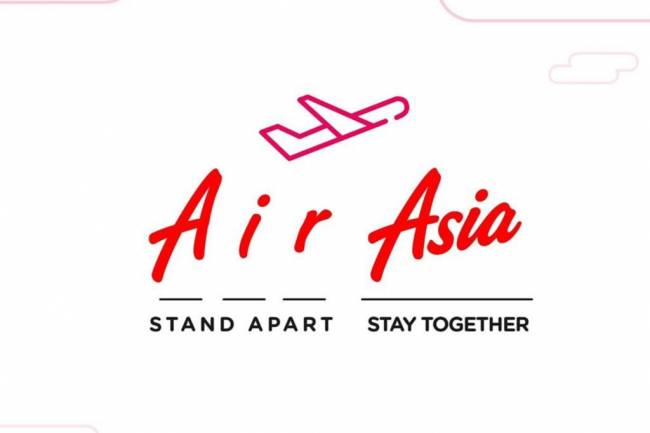
The Route to Better Content
Creating content for your quotes, blogs, newsletters, e-mail or website is like mapping out a beautiful and interesting route on a map. According to Nexus Ghostwriting, You indicate your starting point, where you want to end and via which route you want to reach it. You also indicate the sights that you will encounter along the way so that the chosen route can be optimally enjoyed.
It's not much different with the content you write. This of course strongly depends on the target group you are targeting, always tailoring your route to a good result with that of your customers. Where all customers, whoever they are, are almost the same is that they go through a similar decision-making process. (Review “The Seven Principles of Influence"). After all, the roads from A to B only run on a limited number of routes.
Tailor your route to the target group
When you are going to write, you will have to make a choice through which route you want to lead your potential customers to reach your goal (s). So you will have to ask yourself the following questions:
- Which business is my target group in?
- Who are their clients?
- Which markets do they work?
- How do they do that?
- Which media do they use?
- What problems do they encounter along the way?
- What interests them?
- What do they already know and what maybe not yet?
Determine starting point
The right to exist of your customers' companies is the same as your and my business right to exist. We produce products and / or services that others are unable to do but that are in need. It is therefore important to ask yourself who your customers' customers are, which markets your customers work with and via which route they usually do so. This information often provides a good starting point for your content. Especially if you want to question their usual business routes by offering a different route; a surprisingly fun new route!
Points for attention on the road
If you have studied how the horses run in your customers' market a bit, you will also recognize the bottlenecks therein, because you may also encounter them. Name a few of these bottlenecks and indicate that you know a new route and how to solve them. Be careful with writing information or tips that are already known because then, if that is the case, readers will drop out very quickly. So know what interests them. What they already know and what not yet.
Five tips to determine your 'route'
- The right tone
A well-known saying that it is the tone that makes the music. With writing, the 'tone' is no less important. For example, how are you going to address your target group? As you have noticed, I use the 'you form' but I can imagine that you might find that too popular and the use of 'you' is more suited to your target audience. Whatever you choose, be consistent in use.
- No professional Chinese
Too few content writers understand that you have to describe something in the language that the reader understands. If you cannot avoid using jargon or Chinese in your 'directions', then include translations of it, just like the signage in Friesland. Every professional group knows professional language, but keep in mind that the buyers of your products and services speak a different language and are not interested in your language.
- Ask questions and answer
As a content creator, you are like a tour guide who points out points of interest along the way and answers questions from 'travelers'. A well-known way to deepen the attention of customers and to provoke reactions is to use so-called cliff hangers. That is asking a provocative question and then referring to the answer via a link, for example. You can also anticipate and answer questions that your content raises. Depending on which reading route you offer your customer, they will have questions and become curious about the different aspects of your company, service and / or product.
4. Points for attention
Have you ever wondered why you close one book after reading two pages, while you read another book in one go? The formula of the latter is usually because unexpected action is described immediately, often in a visual way, less predictable scenarios are followed and in which cliff hangers are built in that stimulate you to read on. In addition, the sentences are often short (seventeen to twenty words) and the language used is contemporary, understandable and no 'difficult' words are used.
5. Ask a 'passenger' on a 'test drive'
Content authors are usually not used to having it assessed by a 'passenger' before it is published. In my previous life I was an international tour guide and went out with a friend to explore certain routes. It was the passenger's task to assess it and give an opinion about it so that the route could be better adapted to his wishes. Do the same with your content. Present it to a potential reader / customer and ask them to take a critical look at it. Be open to 'negative' criticism, do not defend yourself, but adapt the 'route' to the wishes of the customer.













